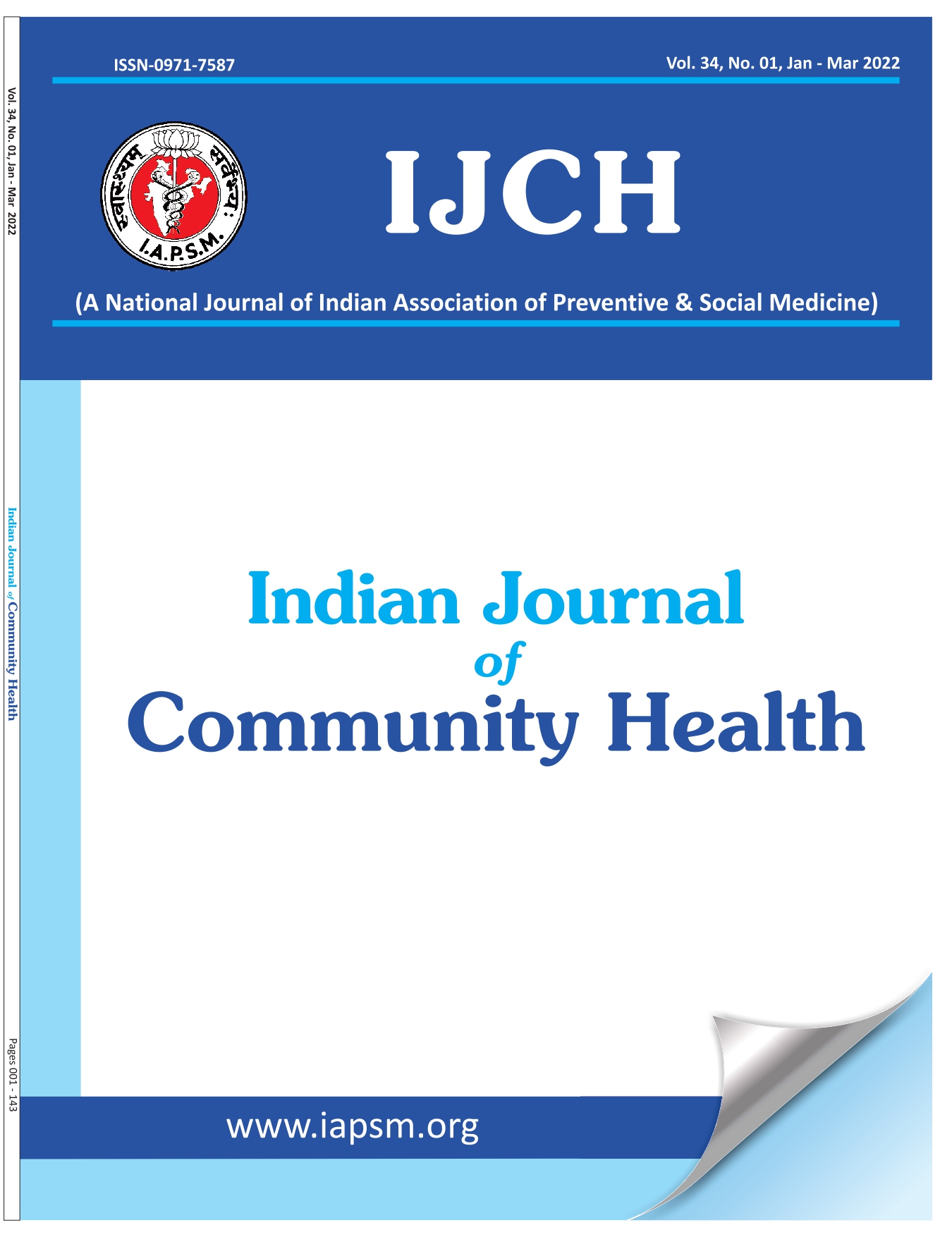COMPARISON OF KNOWLEDGE AND OUTCOME MEASURE OF HBA1C TESTING IN INDIAN NIDDM PATIENTS OF A NORTH INDIAN CITY WITH THAT OF PATIENTS FROM A METROPOLIS IN SOUTH INDIA
Abstract
Introduction:Type 2 diabetes is a major health problem in India with rising prevalence. The patients with type 2 diabetes are at high risk of developing retinal, cardio vascular & other complications. Improved glycemic control can reduce the development and/or progression of diabetic complications. The glycosylated hemoglobin (HbA1C) test is a test of long-term glycemic control and an index of average blood glucose level during the past 2-3 months. Its normal result causes reduction in complications of diabetes. Patient’s understanding of HbA1c and its target goal has a positive impact on long-term health. Many diabetics are unaware of the test or do not know their HbA1c levels and/or target goal. Diabetics who are aware of these have better health. In this study we tried to evaluate whether knowledge of this test is associated with a better glycaemic control in Dehradun and also to compare the results with those of a similar study carried out in a metropolitan city. Materials and methods:
This is a clinic-based cross-sectional study in which all 213 NIDDM patients attending the retina service of a tertiary level eye care centre in Dehradun from July to September 2011 are included. Exclusion criteria: Any patient who did not suffer from type 2 Diabetes. Baseline demographic and clinical data of all subjects was obtained. Subject’s knowledge about HbA1c test and their target goal was assessed with a questionnaire. Recent HbA1c results were obtained from records. Retinal examination of all these subjects was conducted. Statistical analyses were performed with the SPSS version 10.0 package. Comparisons were done by Chi-square test. P <0.05 was regarded as statistically significant. Results:
The mean age of study subjects was 58 years and mean duration of diabetes was 8.7 years. 56% of the subjects were males. 68% of the subjects know about HbA1c test and 32% were unaware of it. 37% of those who know about HbA1c know their goal also. 63% are aware about HbA1c test but they do not know their goal. Mean HbA1c % was significantly lower in those who know about the test and also in those who know about their goal. Retinal condition was significantly better in those who knew about the test and also in those who knew their target goal as compared to those subjects who were not aware of either.





